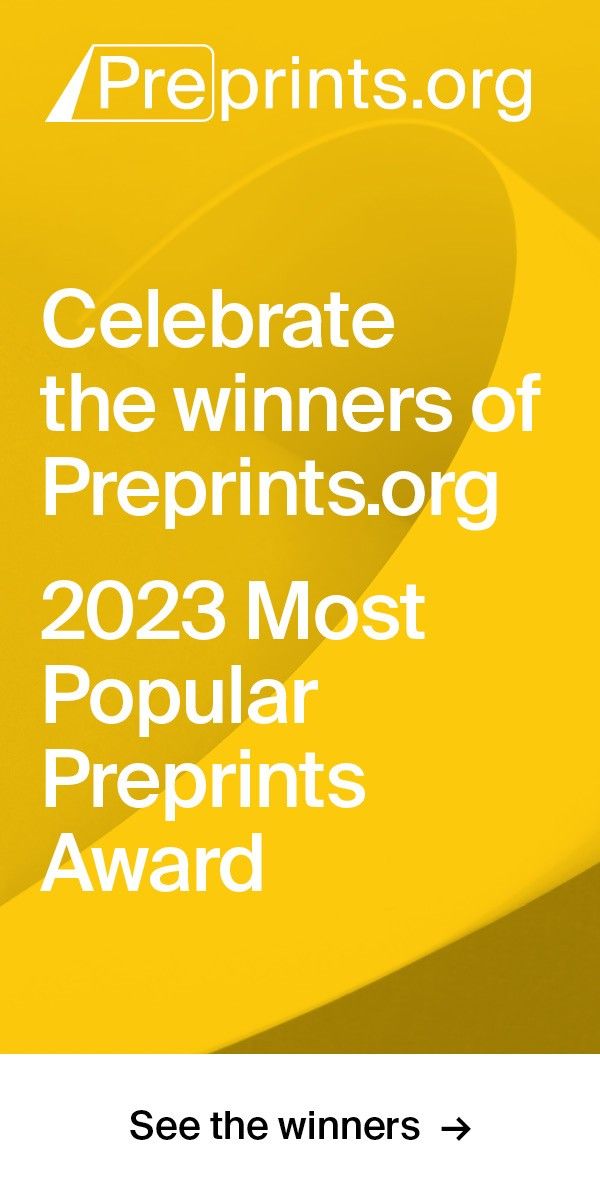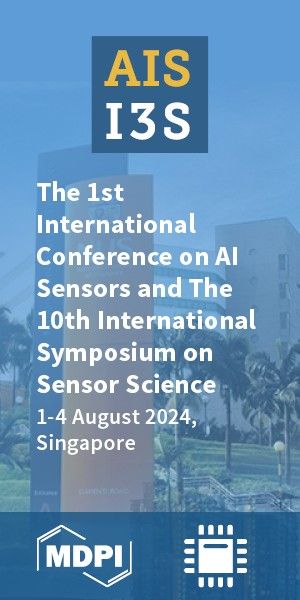Review
Version 1
Preserved in Portico This version is not peer-reviewed
Minimizing Defect States in Lead Halide Perovskite Solar Cell Materials
Version 1
: Received: 24 March 2020 / Approved: 25 March 2020 / Online: 25 March 2020 (08:50:10 CET)
A peer-reviewed article of this Preprint also exists.
Brakkee, R.; Williams, R.M. Minimizing Defect States in Lead Halide Perovskite Solar Cell Materials. Appl. Sci. 2020, 10, 3061. Brakkee, R.; Williams, R.M. Minimizing Defect States in Lead Halide Perovskite Solar Cell Materials. Appl. Sci. 2020, 10, 3061.
Abstract
In order to reach the theoretical efficiency limits of lead-based metal halide perovskite solar cells, the voltage should be enhanced because it suffers from nonradiative recombination. Perovskite materials contain intrinsic defects that can act as Shockley-Read-Hall recombination centers. Several experimental and computational studies have characterized such defect states within the band gap. We give a systematic overview of compositional engineering by distinguishing the different defect reducing mechanisms. Doping effects are divided into influences on: (1) Crystallization; (2) Lattice properties. Incorporation of dopant influences the lattice properties by: (a) Lattice strain relaxation; (b) Chemical bonding enhancement; (c) Band gap tuning. The intrinsic lattice strain in undoped perovskite was shown to induce vacancy formation. The incorporation of smaller ions, such as Cl, F and Cd, increases the energy for vacancy formation. Zn doping is reported to induce strain relaxation but also to enhance the chemical bonding. The combination of computational studies using (DFT) calculations quantifying and qualifying the defect reducing propensities of different dopants with experimental studies is essential for deeper understanding and unraveling insights, such as the dynamics of iodine vacancies and the photochemistry of the iodine interstitials, and can eventually lead to a more rational approach in the search for optimal photovoltaic materials.
Keywords
solar energy; semiconductor; light harvesting; charge generation; photovoltaics; optimization; voltage loss; thin film materials; stabilization, doping
Subject
Chemistry and Materials Science, Applied Chemistry
Copyright: This is an open access article distributed under the Creative Commons Attribution License which permits unrestricted use, distribution, and reproduction in any medium, provided the original work is properly cited.
Comments (0)
We encourage comments and feedback from a broad range of readers. See criteria for comments and our Diversity statement.
Leave a public commentSend a private comment to the author(s)
* All users must log in before leaving a comment








